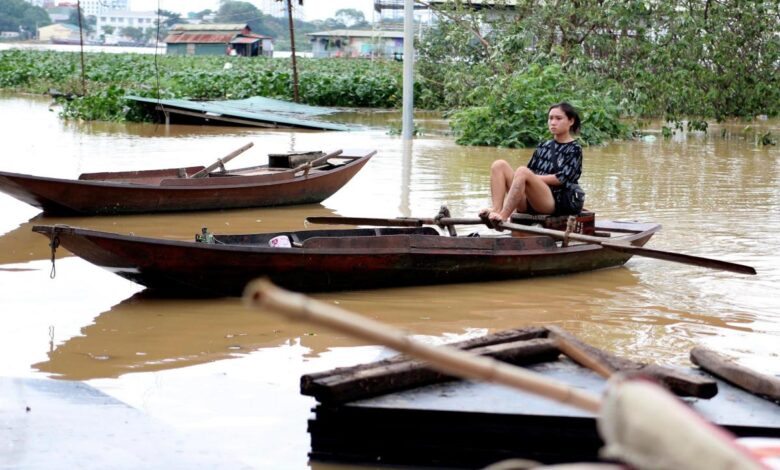Flash floods devastate villages as storm toll in Vietnam rises to 141 fatalities.

Due to landscaping and flooding, many lives have been wasted, many of them in the northwestern province of Lao Cai, which borders China, where Lang Nu is based. Sapa, a popular trekking destination, is also located in Lao Cai province.
Sapa tour guide Van A Po said landslides and heavy rains have shut many of the province’s roads. The weather has forced them to limit travel and halt all trekking activities. “It is very scary,” he said.
Tourism is a key engine for the local economy, and many in the industry found themselves stranded. Nguyen Van Luong, who works in a hotel, said he could not return home since the 9-mile road from Sapa to his village was too dangerous to drive.
“The road is badly damaged, and landslides could happen anytime. My family told me to stay here until it’s safer to go home.” Dozens of people were killed in the bridge and bus incident on Monday due to flooding.
The steel bridge over the engorged Red River in Phu Tho province collapsed, sending ten cars and trucks, along with two motorbikes, tumbling into the river. Twenty people in the bus were also swept into the flooded stream due to a landslide in the mountainous Cao Bang province.
It was the strongest typhoon to hit Southeast Asian countries in decades. It made landfall Saturday, with winds reaching up to 92 miles per hour. Even though the winds weakened Sunday, the downpours continued, and rivers remained very high.
The heavy rains also destroyed factories in northern Vietnam’s industrial hubs. The province focuses on exports. Typhoon Yagi and similar storms are “getting stronger due to climate change, mainly because warmer ocean waters are providing more energy to fuel the storms, leading to stronger wind speeds and increased rainfall,” said Benjamin Horton, director of the Earth Observatory of Singapore.



